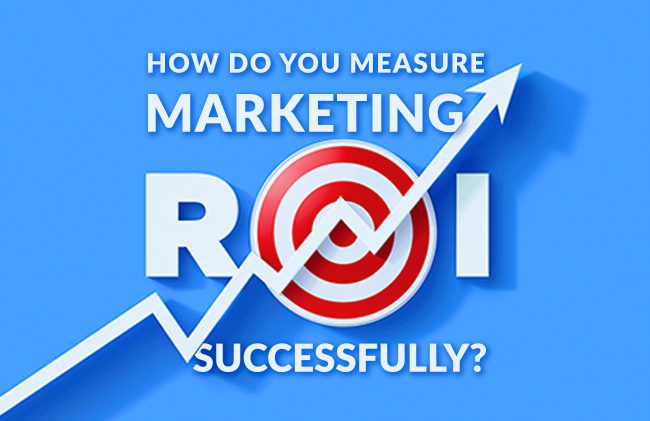Digital marketing has become an essential strategy for businesses looking to expand their reach and drive revenue growth. However, measuring the return on investment (ROI) from digital marketing efforts can be challenging, especially with the increasing complexity of today’s marketing landscape. This blog post will outline steps businesses should take to measure and prove the ROI from their digital marketing campaigns.
Step 1: Pull your business intelligence data together
Before you start your digital marketing campaign, you must clearly understand your business intelligence data:
- The lifetime value of your customer
- The average sale per industry or service offering
- The project class you are targeting for sales
This data will help you set realistic sales and revenue objectives for your marketing campaign on a per-industry, per-service offering, per-project class, or per-customer basis.
Step 2: Define your key target accounts
Once you clearly understand your business intelligence data, you need to define your key target accounts for customer acquisition or revenue expansion into existing customers and help you create a marketing ROI formula to determine an acceptable cost of customer acquisition.Step 3: Set your marketing budget
You must set your marketing budget for the campaign based on your sales objectives, revenue objectives, and marketing ROI formula. You must have a budget established, reviewed, and approved by your executive team before starting your campaign to ensure you don’t exceed your allocation. Otherwise, it will be impossible to measure your marketing ROI effectively.
Step 4: Assess your existing marketing technology tools and team bandwidth
Next, assess your existing marketing technology tools, internal team, and agency partner bandwidth to help you identify and address any gaps before launching your campaign.
Step 5: Analyze your buyer personas and segment your creative
Analyze your buyer personas for each grouping of digital creative, then segment and personalize creative for each batch to improve the likelihood of conversion. This pre-campaign investment in time will help you create targeted messaging, content, visuals, and creative assets that resonate with your ideal audience.Step 6: Look at competitors and determine your unique selling proposition
Analyze your competitors’ current marketing efforts, SEO tactics, and target customers by industry, project class, or service offering. Then, determine your unique selling proposition and ensure it differentiates you from your competitors, yet also appeals to your ideal target audience.
Step 7: Create and align your marketing assets
Create messaging, content, visuals, and creative assets to plug into your digital marketing systems. Check for alignment and a unified look, feel, voice, and tone across digital marketing tactics.Step 8: Run your campaign and track KPIs
Run your campaign based on the previously agreed-upon budget. Determine your key performance indicators (KPIs) for measuring digital marketing success within your marketing campaign. Measure analytics from each digital marketing tactic, including organic search, paid search, banner ads, website traffic, email marketing clicks, landing pages, form submissions, and workflows.Step 9: Build a workflow for MQL notification, and SQL task follow up
Ensure all marketing technology, from marketing automation to IP address targeting to geo-targeted banner ads, sends data into the marketing automation system tied to your sales customer relationship manager (CRM). Build a workflow for Marketing Qualified Lead (MQL) notifications and Sales Qualified Lead (SQL) task follow-up, and measure every stage of your sales process to attribute marketing spend investment all the way through to close won revenue.
Step 10: Analyze data and generate a marketing ROI report
Analyze data and separate analytics to determine the effectiveness of each marketing tactic: by tactic, by messaging, by creative, by visuals, and by format. Then, generate a marketing ROI report with a compilation of data and recommendations for how to adjust for the next campaign.In conclusion, measuring the ROI of digital marketing campaigns is essential for businesses to justify their marketing spend and optimize their marketing efforts. By following the steps outlined in this blog post, companies can accurately measure and prove the ROI of their digital marketing campaigns. Today, more than ever, marketers need help to make better data-driven decisions and adjust their marketing strategies to achieve better results in future campaigns. Remember, the key is to clearly understand your business intelligence data, define your key target accounts, set your marketing budget, and measure your KPIs accurately to generate a marketing ROI report. With the right approach and tools, businesses can achieve their marketing objectives and drive revenue growth through digital marketing efforts.
Contact Incitrio today to unlock your marketing ROI potential.









